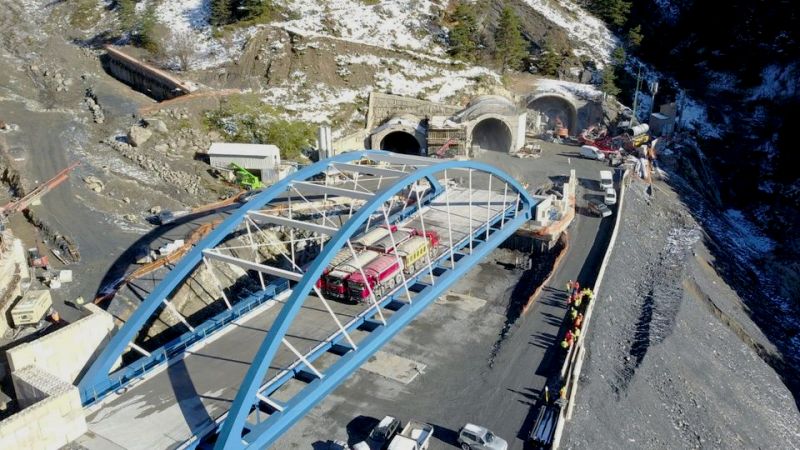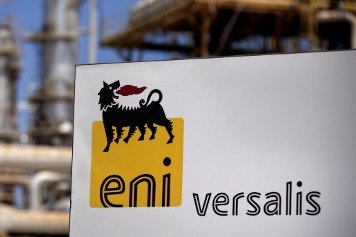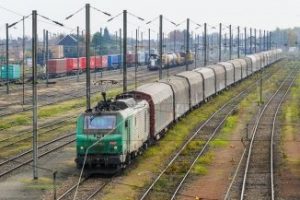The San Gottardo model will be borrowed and adopted for the Frejus railway. Following the derailment of a freight train in August 2023, which led to the temporary closure of the Swiss base tunnel, the railway under the alpine pass reopened relatively quickly, but traffic was reserved exclusively for freight trains from Monday to Friday. Passenger trains were only allowed to pass during the weekends.
According to sources, the Italian Ministry of Transport is evaluating this operational model for the Frejus railway as soon as it is partially reopened. The line with France has been closed since August 2023 due to a landslide in the La Praz area in the municipality of Saint-André, about twenty kilometers from the French-Italian border. The timeline for the reopening of the transalpine railway remains uncertain, partly due to the cautious approach taken by French authorities in assessing the damage and restoring the railway line, a method criticized by some as overly cautious or even a pretext.
The complete reopening of the Frejus railway on both tracks may not occur until mid-2025, but a partial availability of the line could be possible by late 2024. Hence, the proposal to adopt a freight-prioritized operational model, in contrast to the pre-closure long-distance passenger service, which included some "flagship trains," the Italian Frecciarossa and the French TGV.
This decision is largely driven by the need to promptly restore intermodal transport of dangerous goods, which relied on the railway due to restrictions on road tunnel crossings. Moreover, for safety reasons, the historic Frejus tunnel does not permit the simultaneous passage of a passenger train and a convoy carrying dangerous goods. Therefore, including passenger trains in the initial partial reopening would significantly limit the line's capacity.
The closure of the historic Frejus railway underscores the importance of a modern high-capacity route, represented by the new Turin-Lyon line with the Moncenisio base tunnel. After much hesitation and reconsideration regarding the project's national section, encouraging signs are emerging from France.
In an interview with the local newspaper Le Dauphiné Libéré, French Prime Minister Gabriel Attal confirmed France's interest in this project, finally deemed strategic. Regarding the access line from Lyon to Saint-Jean-de-Maurienne, the central government has guaranteed the availability of 60 million euros for the project out of a total of 170 million euros, with the remaining amount covered by regional administrations. This is a positive signal, although the path from project design to construction will still be long.
Piermario Curti Sacchi


































































